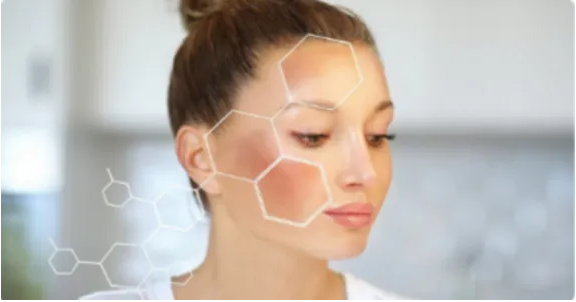Skin-lightening treatments have gained popularity in many parts of the world, promising a brighter, more even complexion. While these treatments can be effective for certain skin conditions, it’s important to be aware of the potential side effects and risks associated with them. Dr. Neha Agrawal, an expert in dermatology, sheds light on the common side effects of these treatments and emphasizes the importance of informed decisions when considering skin-lightening options.
Potential Side Effects
1. Skin Irritation and Allergic Reactions
One of the most immediate side effects of skin-lightening treatments is skin irritation. Ingredients like hydroquinone and corticosteroids can cause redness, itching, and a burning sensation. In some cases, individuals may develop an allergic reaction, leading to more severe inflammation and discomfort.
2. Increased Sensitivity to Sunlight
Many skin-lightening agents make the skin more sensitive to UV rays. This can result in an increased risk of sunburn and long-term sun damage. It’s crucial to use a broad-spectrum sunscreen and limit sun exposure while undergoing these treatments.
3. Exogenous Ochronosis
Prolonged use of hydroquinone, particularly at high concentrations, can lead to a condition called exogenous ochronosis. This condition is characterized by blue-black pigmentation on the skin, which can be difficult to treat and may become permanent.
4. Skin Thinning
Corticosteroids, when used over an extended period, can cause thinning of the skin. This can lead to visible veins, bruising, and a higher susceptibility to injuries and infections.
5. Mercury Poisoning
Products containing mercury pose serious health risks. Mercury poisoning can affect the kidneys, nervous system, and immune system. Symptoms include tremors, memory problems, and vision and hearing impairment.
6. Uneven Skin Tone and Paradoxical Darkening
Ironically, some skin-lightening treatments can cause uneven skin tone or even darken certain areas. This is often due to improper application or the use of substandard products.
7. Hyperpigmentation and Hypopigmentation
Chemical peels and laser treatments can sometimes lead to post-inflammatory hyperpigmentation (dark spots) or hypopigmentation (light spots). These conditions can be challenging to reverse and may require additional treatment.
8. Systemic Side Effects
Oral medications, like glutathione, can have systemic effects. While glutathione is generally considered safe, excessive use may lead to abdominal cramps, bloating, and allergic reactions.
Tips for Safe Use of Skin-Lightening Treatments
Dr. Neha Agrawal recommends the following tips to minimize the risks associated with skin-lightening treatments:
1. Consult a Dermatologist: Always seek professional advice before starting any skin-lightening treatment. A dermatologist can recommend safe and effective options tailored to your skin type and condition.
2. Patch Test: Conduct a patch test before applying any new product to your entire face. This can help identify potential allergic reactions.
3. Use Sunscreen: Protect your skin from UV damage by using a high-SPF, broad-spectrum sunscreen daily.
4. Follow Instructions: Adhere to the recommended usage guidelines and avoid overuse, which can exacerbate side effects.
5. Avoid Illegal Products: Steer clear of products containing banned substances like mercury. Opt for products approved by reputable health authorities.
6. Monitor Your Skin: Keep an eye on your skin’s reaction to the treatment and discontinue use if you notice any adverse effects.
Conclusion
While skin-lightening treatments can offer aesthetic benefits and help manage certain skin conditions, they are not without risks. Understanding the potential side effects is crucial for making informed decisions about your skin health. Always consult with a qualified dermatologist like Dr. Neha Agrawal to ensure the safest and most effective approach to achieving your desired skin tone.






Comments